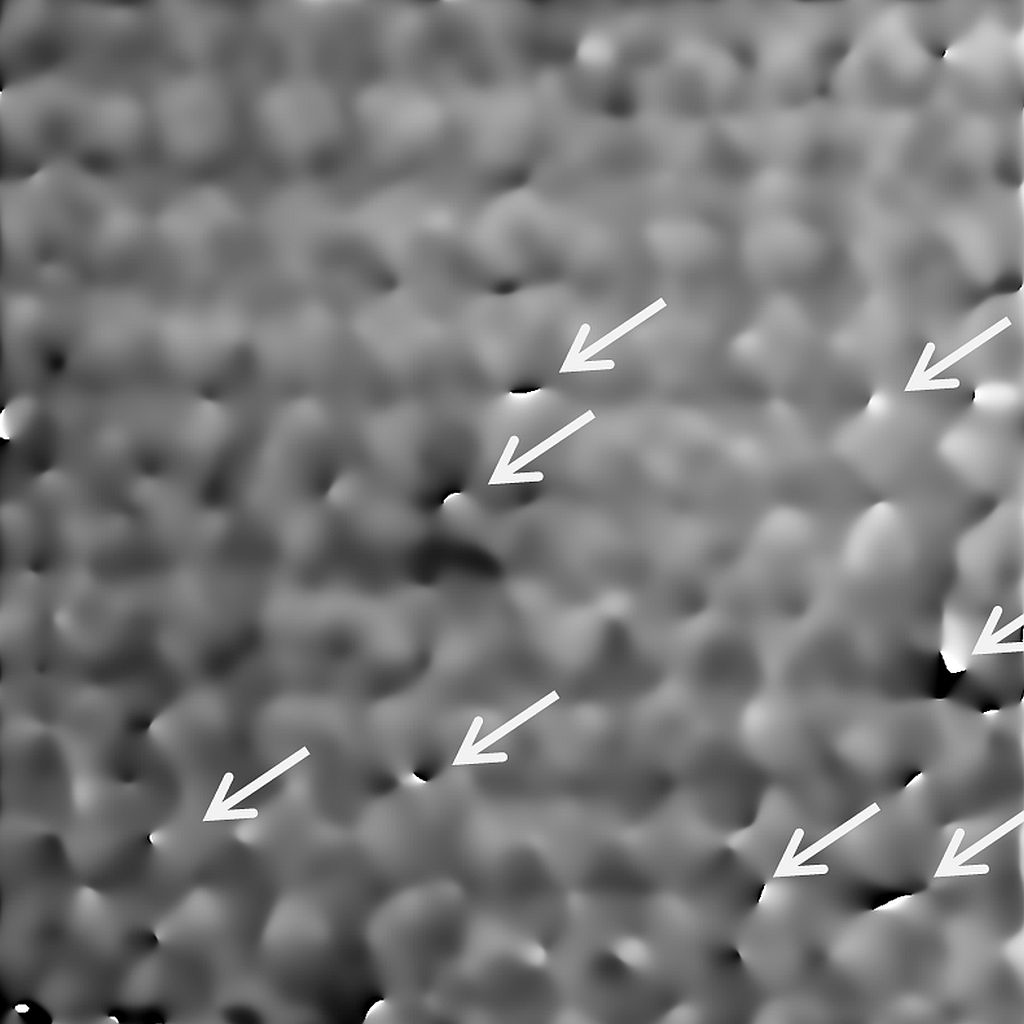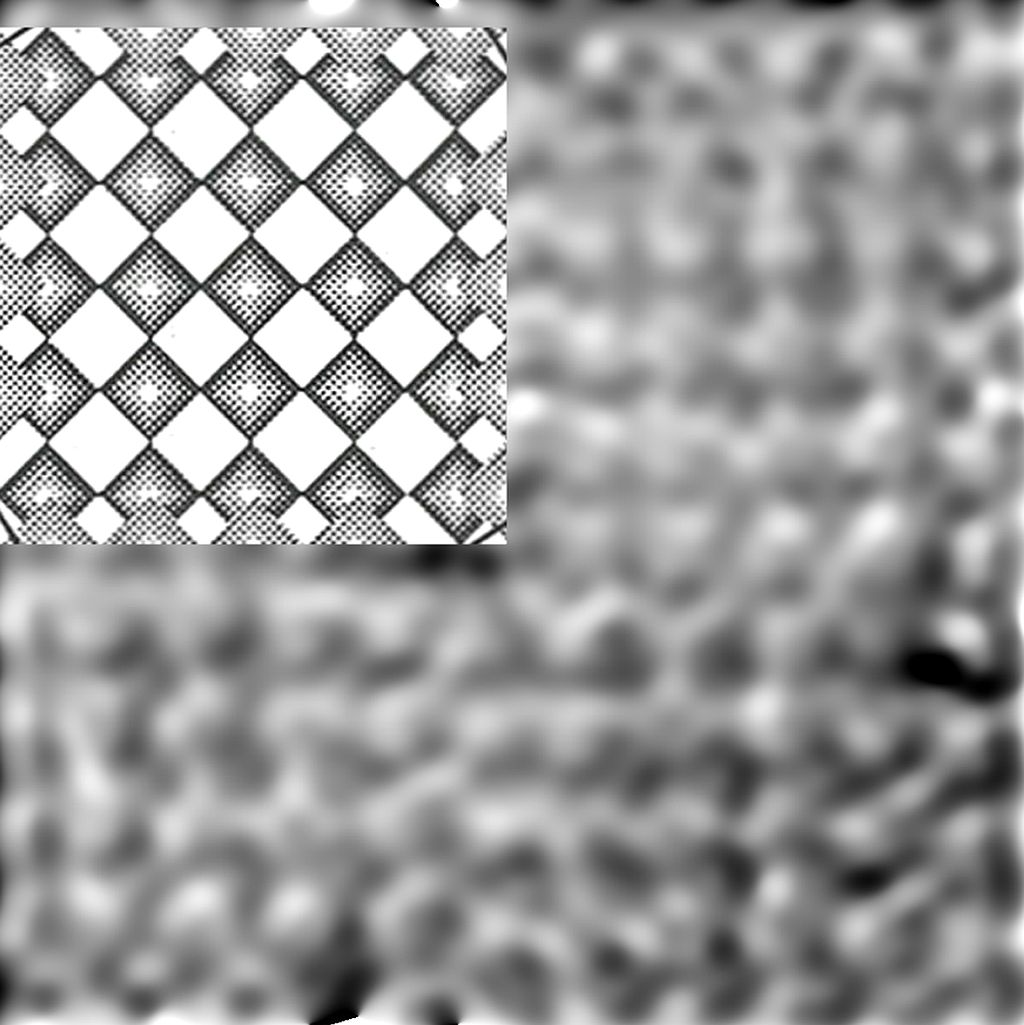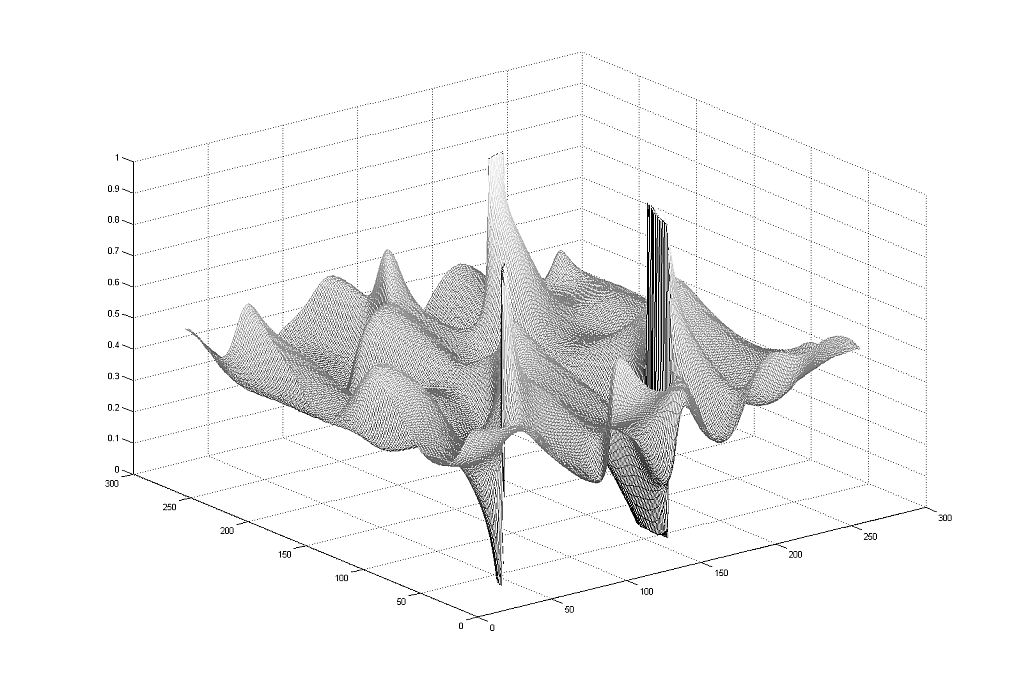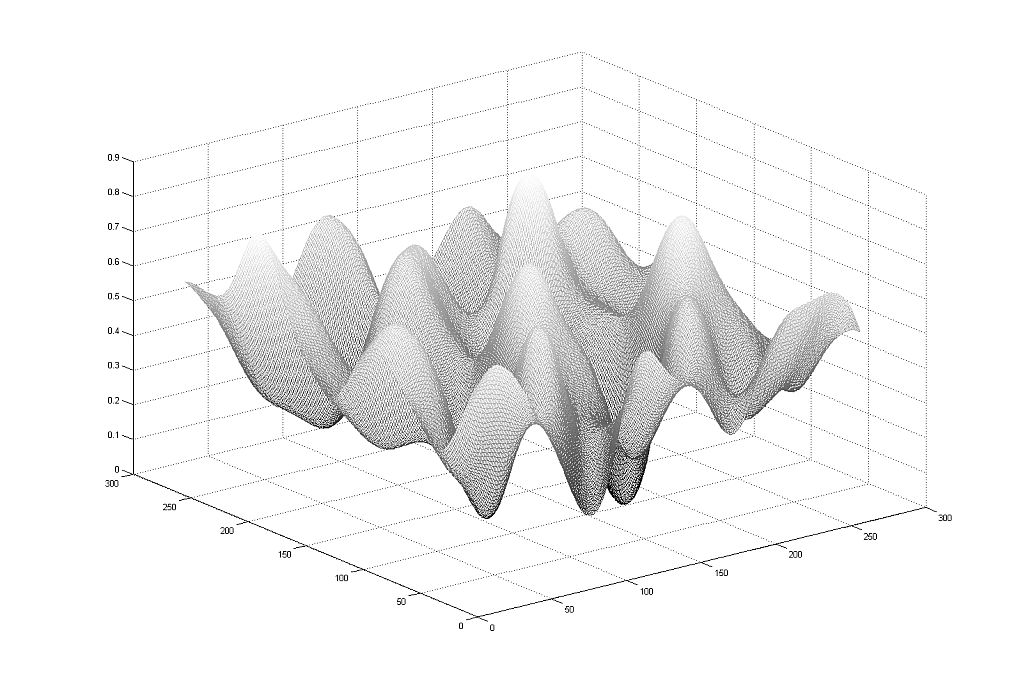IT-11-P-1472 Restoration of Singularities in Reconstructed Phase of Crystal Image in Electron Holography
Off-axis electron holography, which can be used to measure the inner potential of a specimen from its reconstructed phase image, has been widely used recently for characterizing materials. Under severe conditions such as in-situ observation in gas atmospheres, steep or large phase changes such as crystal lattice images or bulk specimen edges, and low signal-to-noise ratio conditions, abrupt reversals of contrast from white to black may sometimes occur in a digitally reconstructed phase image, resulting in inaccurate information. This phase distortion is due mainly to the digital reconstruction process and weak electron wave amplitude in some areas of the specimen. Hence, a posterior image processing that correct imperfections are indispensable for obtaining accurate phase information. In this study, we apply digital image processing to the phase image of a crystal for the restoration of such abrupt phase contrast changes, and obtain relatively accurate phase information for the crystal structure from the same electron hologram. Figure1 show the restoration of W8Nb18O69 structure phase images obtained by electron holography. The phase image (Fig.1) which is simply reconstructed and corrected the aberration of the microscope includes many singularity points as shown indicated by arrowheads. Restoring such singularity points improves the quality of reconstructed image as shown in Fig.2. Figures 3 and 4 show them in wire frame mode.Further work is required to be accomplished in the practice. The present method of phase image restoration for simulation with Poisson and Gaussian noises contributes to the correctly phase reconstruction of the hologram with quit weak electron-wave amplitude and noisy circumstance.
This study was partially supported by the Global
Research Center for Environment and Energy Based on Nanomaterials Science

Fig. 1: Directly reconstructed phase image. |

Fig. 2: Phase image after restoration. |

Fig. 3: Wire-frame image of Fig.1. |

Fig. 4: Wire-frame image of Fig.2. |